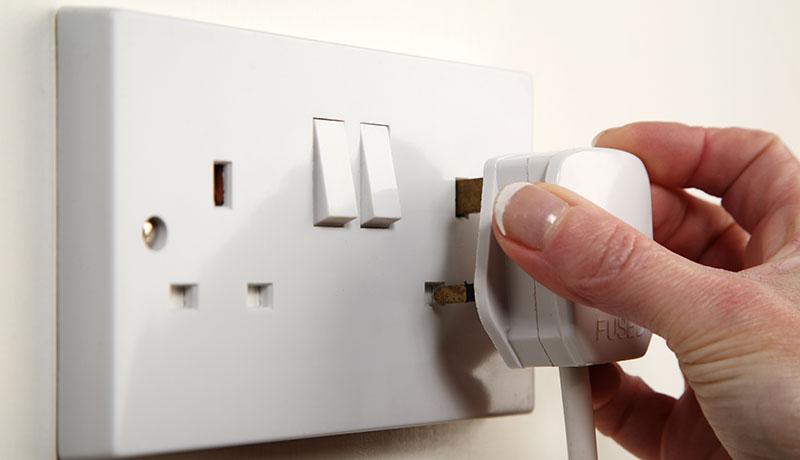The new guidance will help EEE producers scope their products correctly when reporting under the new Open Scope requirements from 1 January 2019, and offers welcome advice on the new changes.
It is anticipated that a large number of producers will be impacted when the new Open Scope rules come into force in 2019. This is particularly true of those whose products were previously ruled out of scope under the old rules, as a number of products will now be coming into scope of the regulations that were previously deemed to be out of scope.
Click here to view the updated EA WEEE guidance document.
Here are the main changes to be aware of when reporting your 2019 data:
Definition of EEE
Whilst the definition of EEE is not changing from the regulations, further clarification has been given regarding how the wording of “work properly” is interpreted, particularly with the increase of non-EEE products having an additional electrical function.
For example, any products that cannot work properly when the electricity is turned off will be in scope. This impacts products that have several features and need to be considered on a case by case basis depending on how the product would work without electricity. This could include furniture and clothing, for example.
Moving forward, producers are responsible for carefully considering whether their product could be in scope, even if the product has multiple non-electrical functions.
Electrical wiring accessories
Wiring accessories such as sockets and switches that do not have additional functionality have previously been considered out of scope.
It has now been confirmed that these products will be in scope from the 1st January 2019, and should be reported under Category 2 (Small Household Equipment) in the first reporting period for the 2019 compliance period.
Large Scale Fixed Installations
Large Scale Fixed Installations are remaining out of scope, but the Large Scale Fixed Installation exclusion can only be applied if the installation meets the criteria for “large size” as given in the Restriction of Hazardous Substances (RoHS) FAQs document.
Equipment included in a large scale installation that is not specifically designed for it, is not integral to the installation and can still operate according to its basic function in its own right, must also be reported as an EEE product in its own right. This would include display screens and photovoltaic (PV) panels, for example.
Non-electrical accessories
Non-electrical accessories that are placed on the market with an electrical product no longer need to be reported as EEE. For example, plastic jugs provided with ironing equipment. Accessories that are deemed to be integral to the function of the product are included however, for example shelving inside a fridge.
Many products will now fall into scope
Key account manager Abbey Fortescue advises that all producers make themselves familiar with the new guidance as soon as possible, “The new guidance requires careful reading and consideration as many products will now fall into scope that were previously excluded, and this could have a big impact on some producers.
The end of the year is fast approaching now and we are asking our members to review this new guidance as soon as possible to ensure they are ready for Open Scope in 2019. Needless to say our team are on hand to assist with any uncertainties that our members may have.”
Please see our Open Scope page for more details and links to other supporting documents.
If you have any questions or would like assistance now to prepare for Open Scope, please contact our team.


